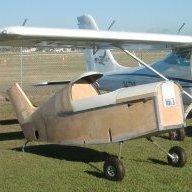-
Posts
131 -
Joined
-
Last visited

pluessy replied to flying dog's topic in Student Pilot & Further Learning

pluessy replied to flying dog's topic in Student Pilot & Further Learning

pluessy replied to RFguy's topic in AUS/NZ General Discussion

pluessy replied to RFguy's topic in AUS/NZ General Discussion

pluessy replied to lyle janke's topic in Engines and Props
Tagged with:

